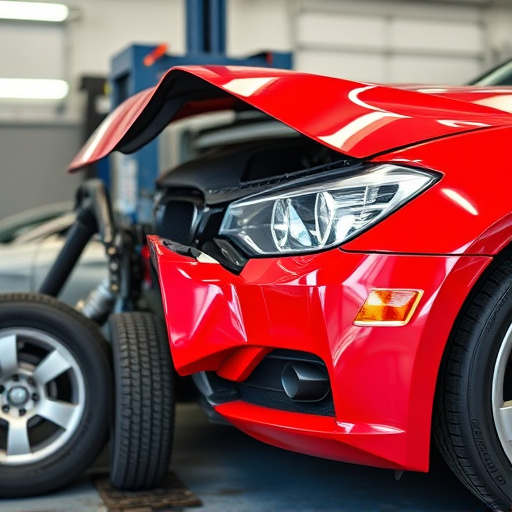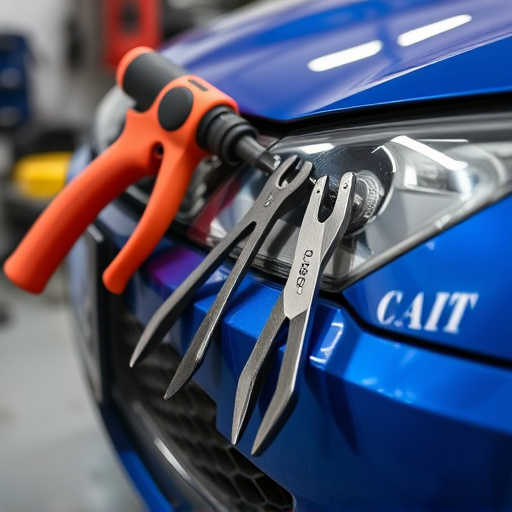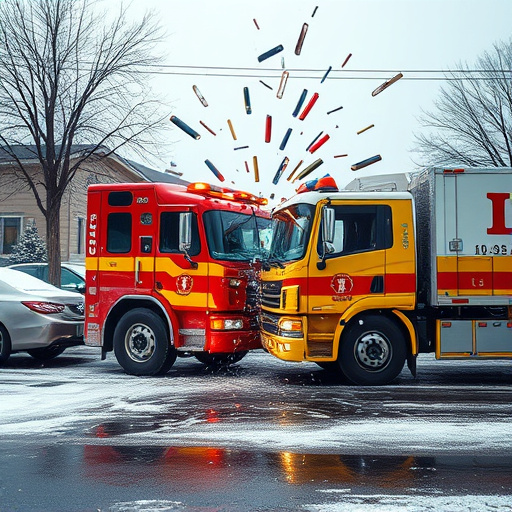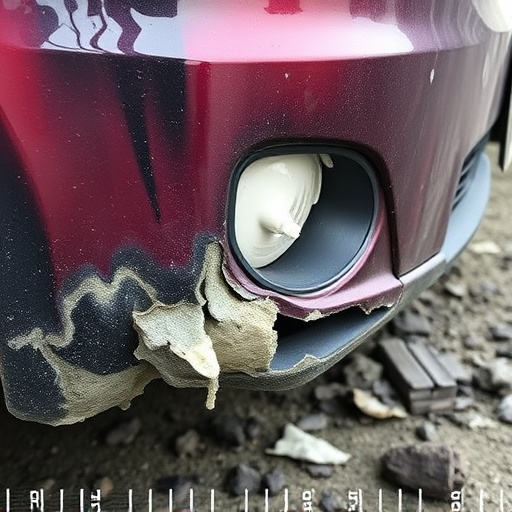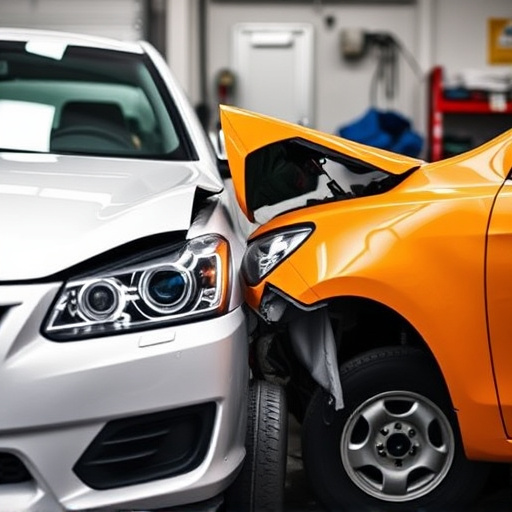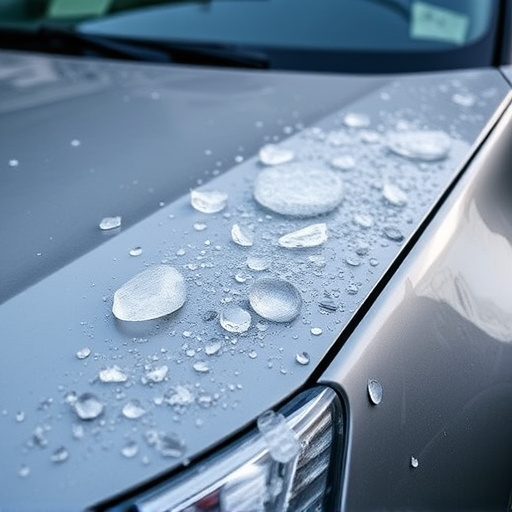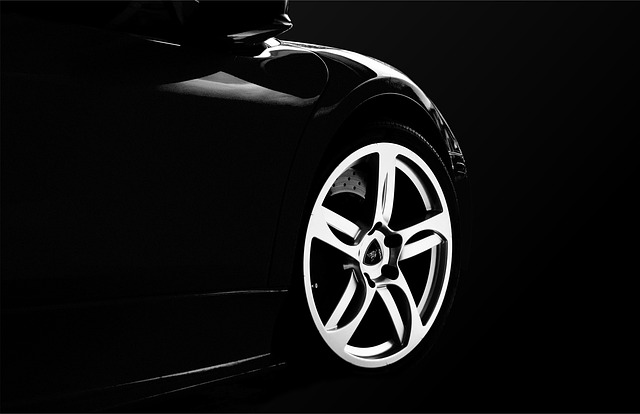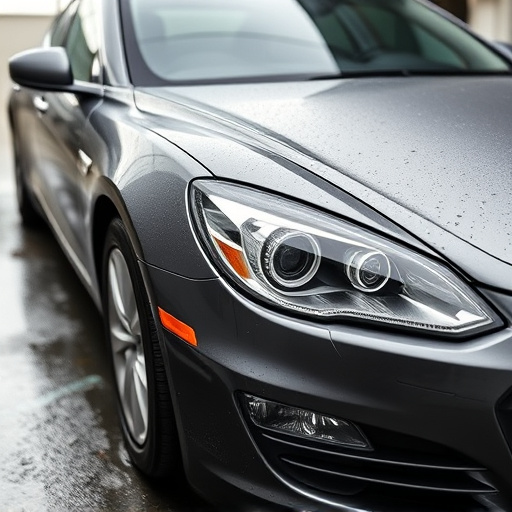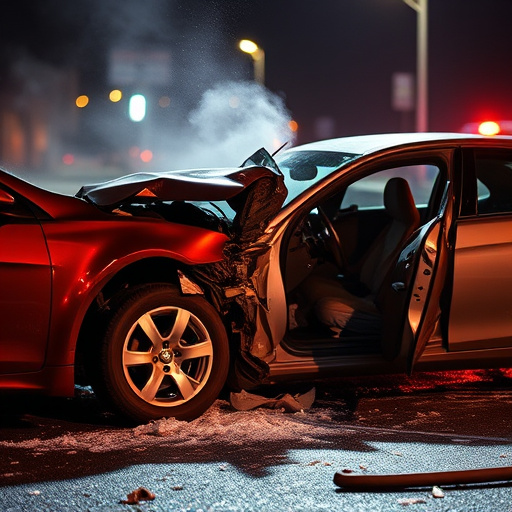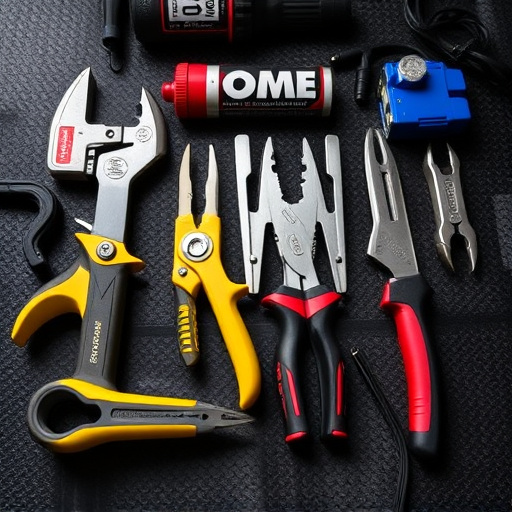The Tesla measure system uses advanced sensors and software to digitize vehicle damage assessment, enhancing precision and efficiency in collision repairs compared to traditional manual tools. It captures detailed surface data, reduces human error, and provides superior versatility for modern repair processes, although manual tools remain crucial for intricate tasks requiring meticulous detail. A hybrid approach combining the Tesla system's advantages with manual precision offers the best of both worlds across diverse automotive care scenarios.
In today’s digital era, the automotive industry is undergoing a revolution with the advent of innovative measuring systems. One such game-changer is the Tesla Measure System, offering a fresh paradigm for precision engineering. This article delves into the unique capabilities and advantages of this cutting-edge technology compared to traditional tools. We explore the limitations of conventional methods and how the Tesla system overcomes them, providing a comprehensive analysis with a focus on its potential impact on the future of manufacturing.
- Understanding Tesla Measure System: A New Paradigm
- Traditional Tools: Limitations and Shortcomings Revealed
- Comparative Analysis: Advantages and Disadvantages
Understanding Tesla Measure System: A New Paradigm
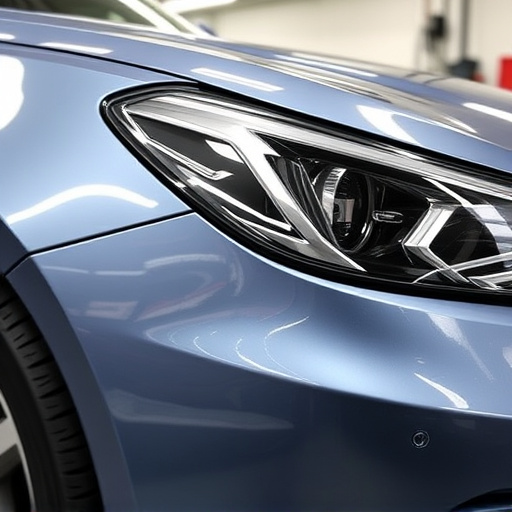
The Tesla Measure System represents a groundbreaking shift in how we perceive and assess vehicle damage, particularly in the realms of vehicle body repair and dent removal. This innovative system goes beyond traditional measuring tools by integrating advanced sensors and software to capture intricate details of a vehicle’s surface. By digitizing the measurement process, it offers a more precise and efficient approach to evaluating vehicle collision repair needs.
This new paradigm not only streamlines the initial assessment phase but also facilitates more accurate predictions regarding restoration costs and timelines. The Tesla Measure System’s ability to document subtle dents, creases, and dings with unparalleled clarity empowers both repair professionals and insurance adjusters to make informed decisions, ensuring that every vehicle collision repair, no matter how minor, is handled with meticulous care and precision.
Traditional Tools: Limitations and Shortcomings Revealed
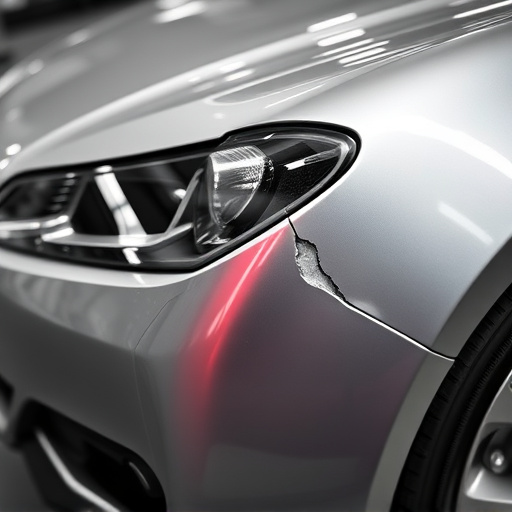
Traditional measuring tools, while widely used in various industries, have several limitations and shortcomings that can impact precision and efficiency, especially when tackling complex tasks like car paint repair or auto glass replacement. These tools often rely on manual calibration, which is time-consuming and prone to human error, leading to inconsistent results. In the realm of car bodywork services, where every millimeter counts, this inconsistency can translate into subpar repairs and an unsatisfactory final product.
Furthermore, many traditional methods lack the versatility needed for modern vehicle repair and customization. For instance, when it comes to precise adjustments during auto glass replacement, a Tesla measure system offers superior capabilities with its advanced sensor technology and real-time data feedback. This level of accuracy ensures that every detail is accounted for, resulting in seamless installations and repairs across various car bodywork services.
Comparative Analysis: Advantages and Disadvantages
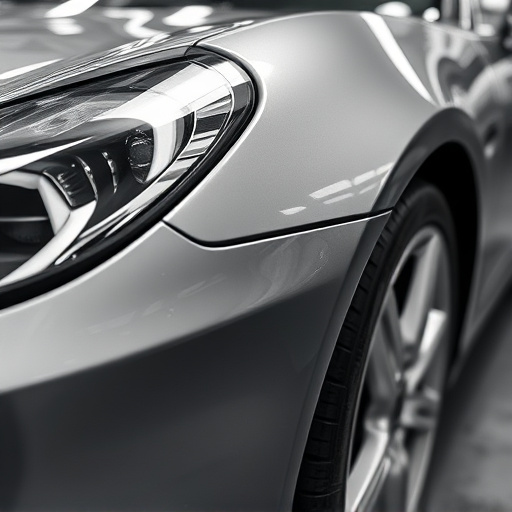
The Tesla measure system offers several advantages over traditional measuring tools when it comes to precision and efficiency, especially in modern vehicle manufacturing and repair. This advanced technology leverages digital sensors and software algorithms to capture accurate measurements of car bodywork, enabling faster and more detailed assessments. Compared to manual measuring tapes or calipers, the Tesla system can quickly scan complex geometries and provide precise data for various components, reducing human error and saving time in a collision repair center.
However, traditional measuring tools still have their place, particularly in specialized workshops that require intricate, hands-on work. For instance, while the Tesla measure system excels at capturing overall dimensions and surface contours, it may not always match the meticulous attention to detail required for certain tasks in a vehicle collision repair process. Therefore, a hybrid approach—combining the benefits of digital measurement with the precision of manual tools—could offer the best of both worlds in terms of accuracy, speed, and adaptability for different scenarios in automotive care.
The shift towards the Tesla Measure System represents a significant advancement in how we approach measurement, offering a more holistic and efficient alternative to traditional methods. By leveraging cutting-edge technology, this new system overcomes many of the limitations inherent in conventional tools, providing enhanced accuracy and versatility. As we move forward, adopting the Tesla Measure System could revolutionize various industries, making processes smarter and outcomes more precise.


